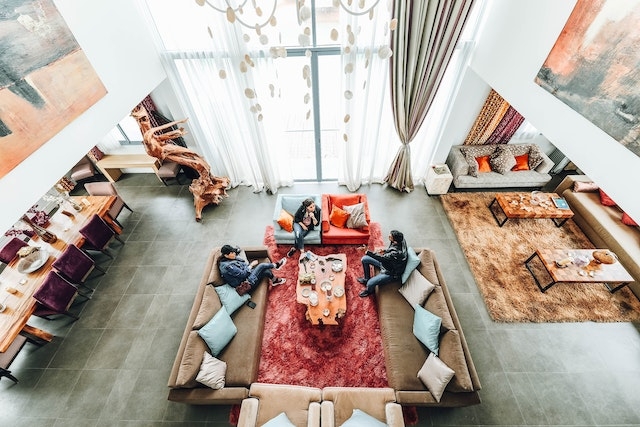how to use area rugs in an open floor plan
Historical significance of Aztec tribal designs in nursery decor
Area rugs can be a practical and stylish addition to an open floor plan. The layout and design of the space play a crucial role in determining where these rugs should be placed. By carefully considering the room's arrangement, one can find suitable areas for placing area rugs that not only enhance the aesthetic appeal but also serve functional purposes.
When it comes to using area rugs in an open floor plan, there are several factors to consider. First and foremost is the room's traffic flow. It is essential to identify high-traffic areas such as entryways, hallways, or paths leading to different rooms. These spots are ideal for placing area rugs as they provide protection for the underlying flooring material while adding warmth and comfort underfoot.
Another consideration is defining specific zones within the open space. Areas like living rooms, dining spaces, or reading nooks can benefit from distinct rug placement. By strategically positioning area rugs in these zones, one can visually separate them from other parts of the room without compromising the overall openness of the floor plan.
Additionally, it is important to take into account furniture placement when deciding where to position area rugs. Rugs can anchor furniture groupings and create cozy conversation areas. Placing a rug beneath a coffee table or sofa helps define that particular seating arrangement while adding texture and visual interest to the space.
Choosing suitable sizes and shapes for area rugs is equally significant. Oversized rugs encompassing multiple pieces of furniture can unify an entire room, giving it a cohesive feel. Alternatively, smaller accent rugs can be used under individual chairs or tables to highlight specific areas within the open layout.
Lastly, color and pattern selection should complement other design elements present in the room. Harmonizing with existing decor such as wall colors or upholstery fabrics enhances cohesiveness and creates an inviting atmosphere.
In conclusion, utilizing area rugs in an open floor plan requires careful consideration of various aspects including traffic flow, zone definition, furniture placement, size/shape selection, and color/pattern coordination. By assessing the room's layout and design, one can determine suitable areas for placing area rugs that enhance both functionality and visual appeal. So go ahead, unleash your creativity while keeping in mind these key factors, and transform your open floor plan into a harmonious and inviting space.
